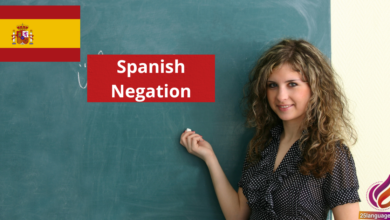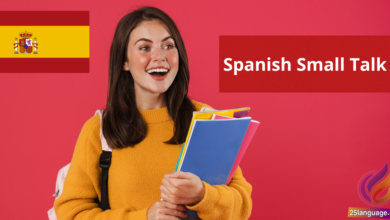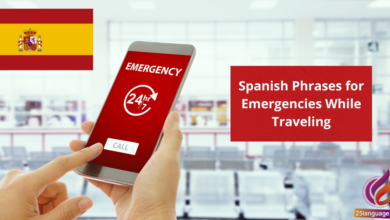The Subjunctive Mood in Spanish

Imagine expressing hopes, dreams, and uncertainties in a language that dances with emotion. The subjunctive mood in Spanish allows you to do just that! Unlike the straightforward indicative mood, the subjunctive captures the nuances of desire, doubt, and possibility. in this lesson, we’ll explore when and how to use this intriguing grammatical structure, empowering you to articulate your thoughts with precision and flair. Get ready to unlock a new level of communication in Spanish!
Exploring the Subjunctive Mood in Spanish Understanding the When and How of Subjunctive Usage Mastering the Subjunctive: Examples and Practical Tips Unlocking the Subjunctive: A Guide for Spanish Learners
The subjunctive mood is a crucial aspect of Spanish grammar that expresses wishes, doubts, uncertainty, and hypothetical situations. It is used in various contexts, often following certain verbs and conjunctions. Here are the key scenarios when the subjunctive is used:
- Wishes and Desires: When expressing a desire or wish, the subjunctive is often used. For example, Espero que vengas a la fiesta (I hope you come to the party).
- Emotions: the subjunctive is also necessary when expressing feelings. For instance, Me alegra que estés bien (I’m glad that you are well).
- Advice or Advice: It follows verbs of influence.Such as, Te recomiendo que estudies para el examen (I recommend that you study for the exam).
- Uncertainty and Doubt: It is used to express doubt. For example, No creo que él venga (I don’t think he will come).
The subjunctive is formed differently depending on the verb type (regular or irregular). Regular -ar verbs change to -e endings, while -er and -ir verbs change to -a endings in the present subjunctive.Below is a table summarizing some common verbs in the subjunctive mood:
| Spanish Verb (Infinitive) | Present Subjunctive (Yo Form) | Example Sentence | English Translation |
|---|---|---|---|
| Hablar | hable | Quiero que él hable. | I want him to speak. |
| Comer | Coma | Es necesario que ella coma. | It is necessary that she eats. |
| Vivir | Viva | Ojalá que ellos vivan cerca. | I hope they live nearby. |
Closing Remarks
hemos explorado el fascinante mundo del modo subjuntivo en español, una herramienta poderosa que nos permite expresar deseos, dudas, emociones y situaciones hipotéticas. A lo largo de esta lección,hemos aprendido las estructuras clave para formar el subjuntivo y cuándo es apropiado utilizarlo,desde expresiones de deseo como “Espero que” hasta frases que transmiten incertidumbre como “Es posible que.”
Recuerda que dominar el subjuntivo puede llevar tiempo y práctica,pero cada esfuerzo que hagas te acercará más a la fluidez en el español. Te animo a que empieces a practicar en tus conversaciones diarias, ya sea escribiendo pequeños diálogos, formulando oraciones o simplemente reflexionando sobre situaciones donde podrías aplicar el modo subjuntivo. Cuanto más lo utilices,más cómodo te sentirás.
no dudes en hacer preguntas y compartir tus experiencias mientras navegas por este emocionante viaje del aprendizaje del español. ¡sigue adelante y permite que el subjuntivo enriquezca tu expresión y comunicación! ¡Buena suerte y hasta la próxima lección!





























